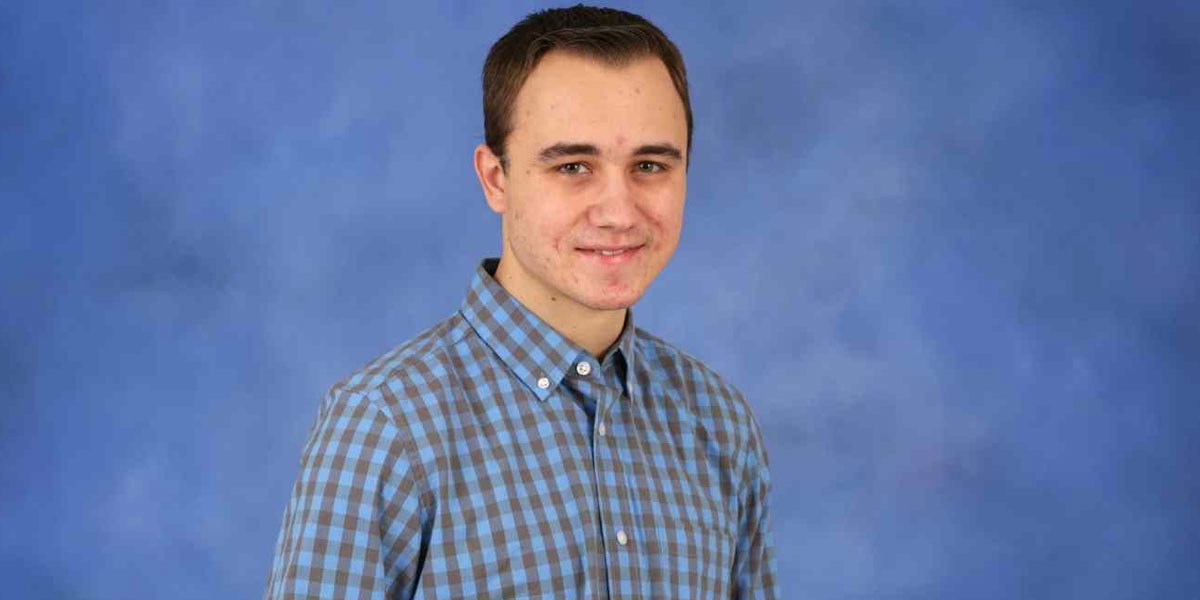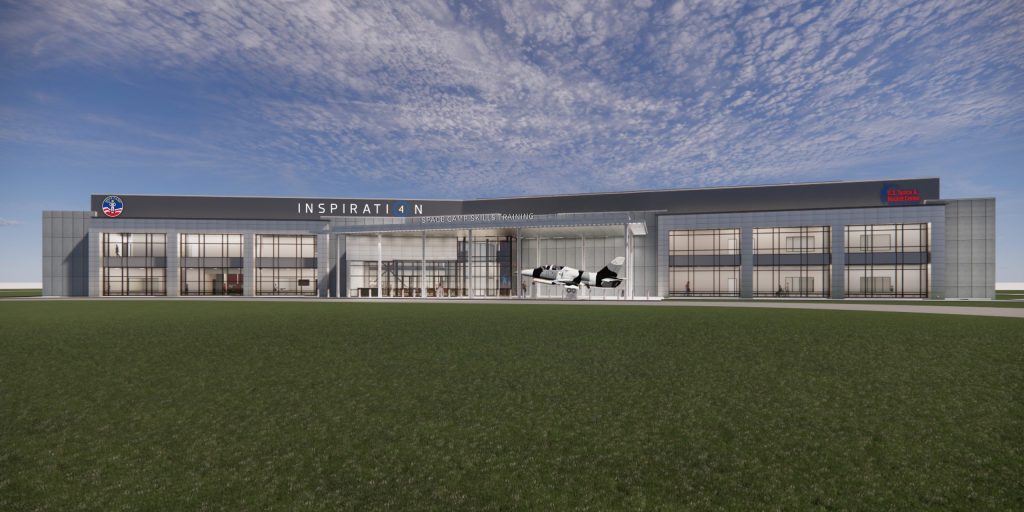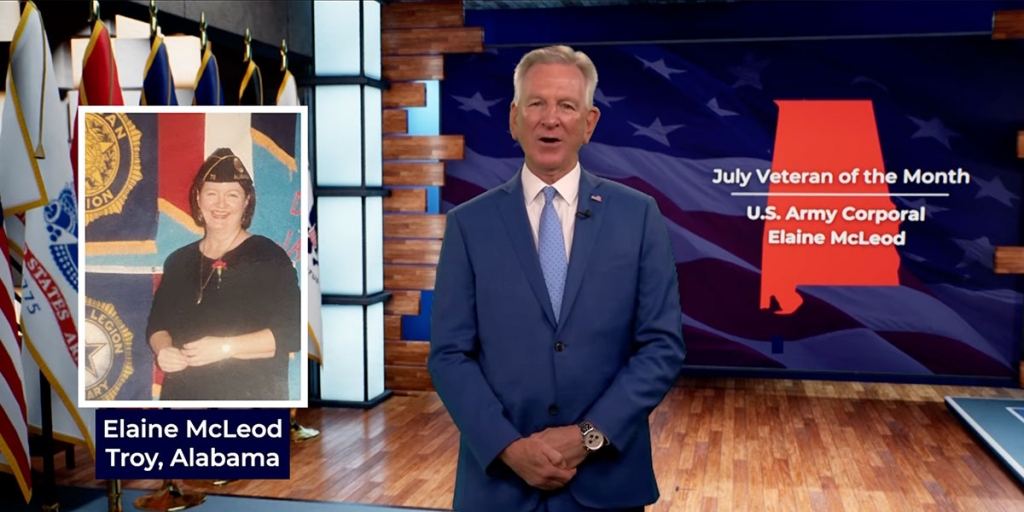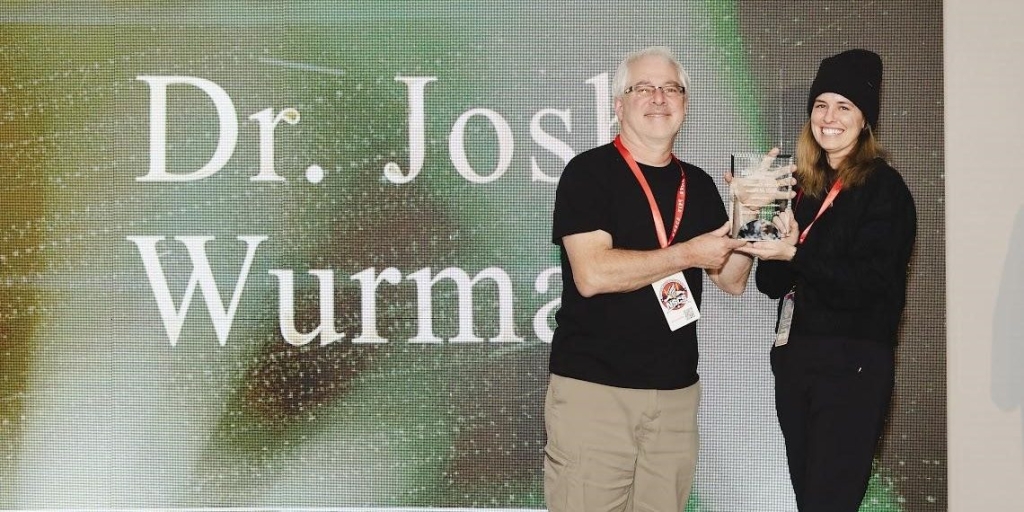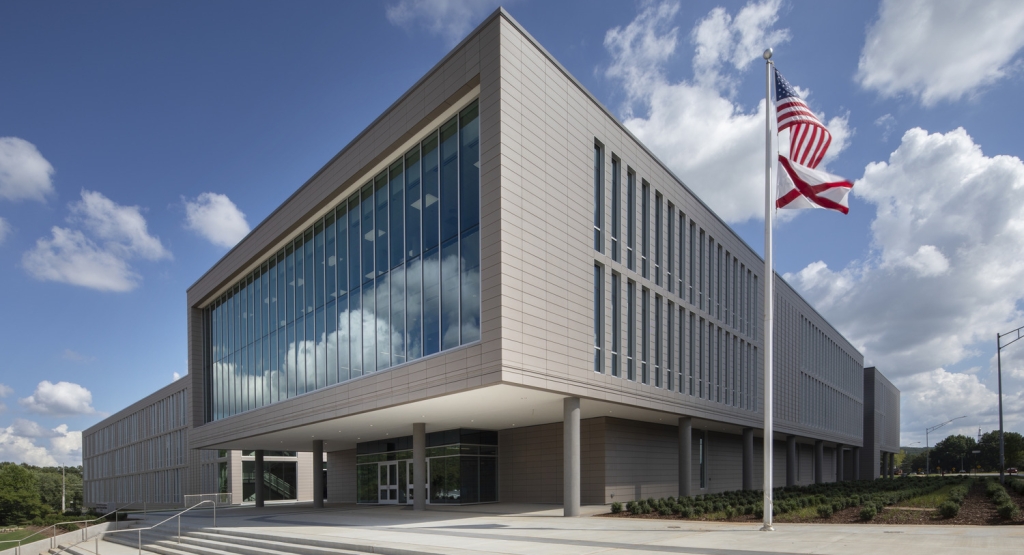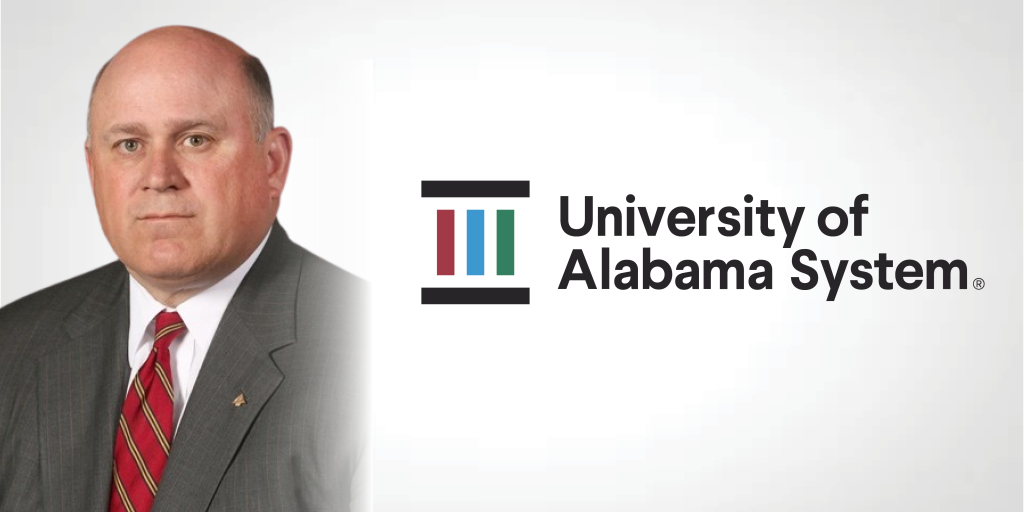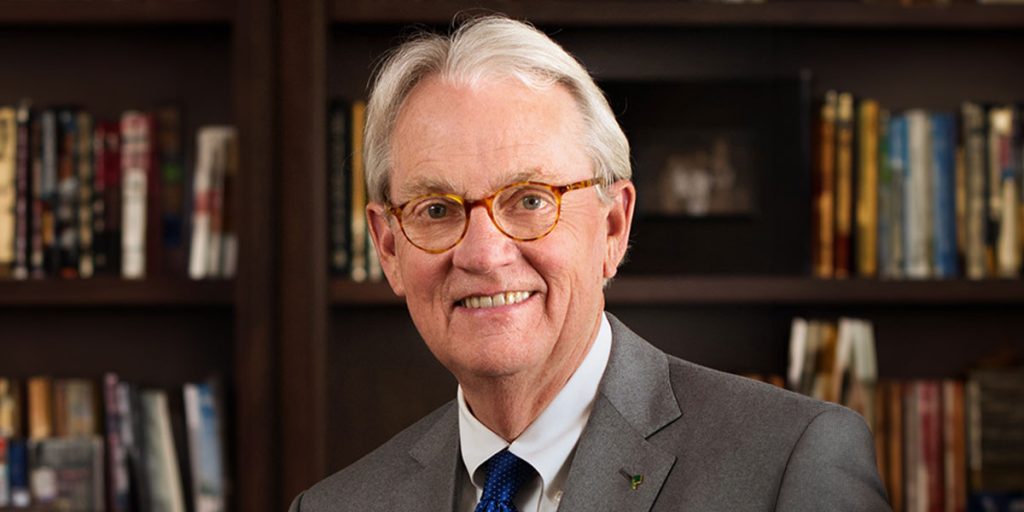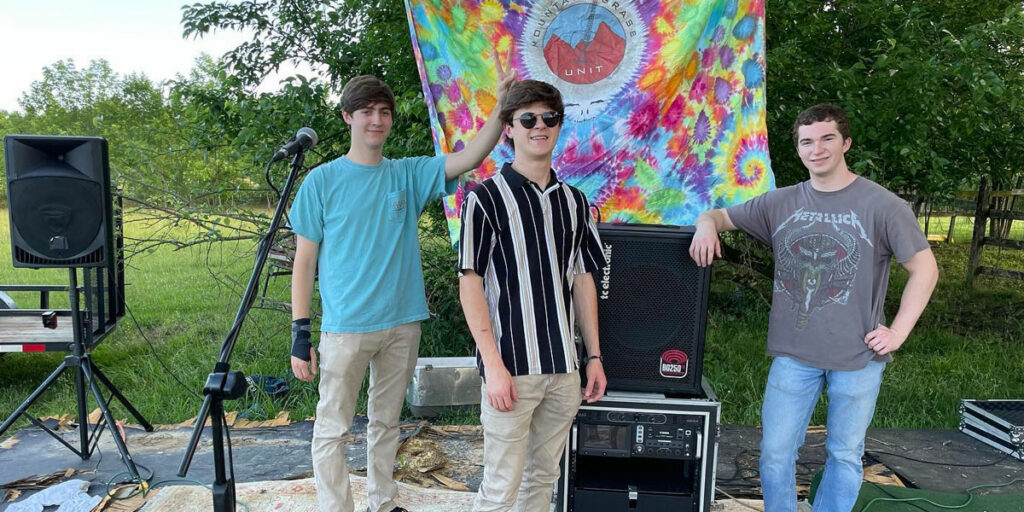Neil Laya, a University of Alabama in Huntsville aerospace engineering graduate student, has been awarded an Alabama Space Grant Consortium Fellowship. Laya also was recently recognized for receiving honorable mention by the National Science Foundation Graduate Research Fellowship Program.
“I am incredibly grateful for the opportunity,” Laya said. “The financial support, as well as all the great connections I expect to make through the program, are a huge help to my academic and career pursuits.
“Most of all, I am grateful for learning about such a ground-breaking technology. Doing research on this system is truly a dream come true.”
Graduate Research Fellows conduct research over a 12-month period and may be renewed annually for a maximum total award of 36 months. The award includes a $24,000 student stipend and up to $12,000 for tuition/insurance and $1,000 student travel allowance. Fellows are expected to devote full-time to graduate study and research during the tenure of the fellowship.
As part of the grant, a NASA work-study experience is required with the NASA lab facility where the student plans to participate in a research activity.
“I will be performing my research at UAH’s Plasma and Electrodynamics Research Lab within the Propulsion Research Center,” Laya said. “We anticipate working closely with a start-up company based out of Florida called Spacewave that is the principal developer of the technology.”
Laya’s research mentor has been Dr. Gabriel “Gabe” Xu, a UAH associate professor of mechanical and aerospace engineering.
“My research under Dr. Xu began my second semester of freshman year. I have always been interested in more ‘exotic’ forms of rocket propulsion, so electric propulsion (EP) was a perfect match,” Laya said. “The possibility of joining the Plasma and Electrodynamics Research Lab was one of the primary reasons I chose UAH.”
The consortium, a participant in the National Space Grant College and Fellowship Program, provides support for graduate students to supplement and enhance basic research. The program requires students participate in a STEM research activity that has NASA applications with commercial space or at the U.S. National Lab on the International Space Station.
“Dr. Xu had briefly mentioned a new propulsion system concept based on Torsional Magnetic Reconnection (TMR) that he had read a few papers on,” Laya says. “I fell in love with the concept and knew I just had to work on it. Luckily, Dr. Xu was a big help in guiding me through my initial research. We were able to lay out a rough plan for the various research phases, as well as the numerous tests/analyses I proposed to perform. I believe having those details was absolutely crucial!”
Magnetic reconnection is a physical process occurring in highly conducting plasmas in which magnetic energy is converted to kinetic energy, thermal energy and particle acceleration to produce thrust for space propulsion.
“I believe there are two main factors that really helped this proposal stand out,” Laya says. “The first is that the initial simulations of a TMR propulsion system indicate performance characteristics that are truly groundbreaking. We are talking specific impulse values upwards of 20,000 seconds. If using a ‘gas mileage’ analogy for specific impulse, this would be similar to a new car being advertised with over 300 mpg. Such technology would be revolutionary for spacecraft propulsion. I imagine another big factor in my application was the level of detail I projected in my plan. By dividing the proposal into a number of relatively independent phases, I made sure that if I encountered an issue in any specific stage, I would still have performed meaningful research. Hopefully this showed that I had a high chance of at least some amount of success.”
The Alabama Space Grant Consortium was formed in 1989 when NASA implemented the National Space Grant College and Fellowship Program. It is a voluntary association of all seven Research Universities in the state along with other community colleges, educational outreach, industrial and government elements.
The mission of the ASGC is to inspire, enable and educate Alabama students to take up careers in space science and aerospace technology. The organization aims to “bring increased realization of the value of space science and technology to the people of Alabama.”
Laya said he is excited to see what the future holds and how the grant might impact his academic direction and career.
“This fellowship is the opportunity of a lifetime to work on advanced propulsion systems,” he said. “This fellowship has also encouraged me to make the decision of continuing on to a doctorate degree. Perhaps one day my experience will lead to a career in advanced propulsion!”
(Courtesy of UAH)




